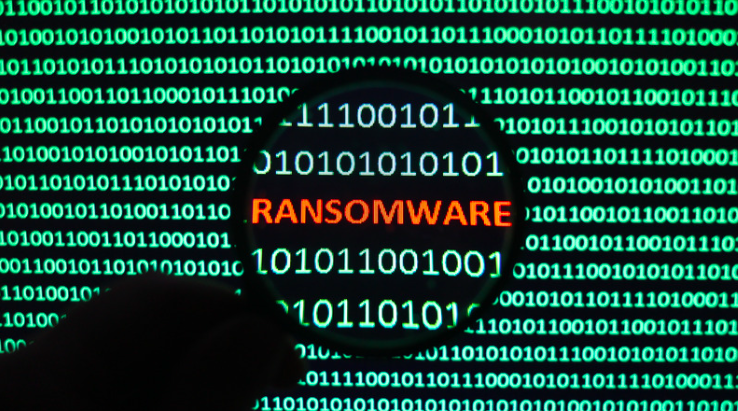Given the increasing prevalence of ransomware, businesses need to take the necessary steps to protect their valuable data and ensure their operations run smoothly. One of the most important steps businesses can take is to invest in a reliable anti-ransomware software solution specifically designed to safeguard against malicious threats.
What is Anti-Ransomware Software?
Anti-ransomware software is designed to detect and block ransomware attacks on computer systems and networks. It works by preventing ransomware from gaining access or encrypting files and folders on computers or servers. The software also provides protection from other malware, such as email worms, Trojans, spyware, and phishing scams. In addition, some anti-ransomware solutions offer additional features, such as real-time monitoring and scanning for potential threats, reducing the risk of attack before it occurs.
Key Components of Anti-Ransomware Software
One of the key components of any anti-ransomware solution is its detection engine. This engine is responsible for examining suspicious activity on computer systems and eliminating any malicious code that has been identified. The detection engine should be able to identify known malware signatures as well as new threats that have not yet been identified by security scientists. To do this effectively, the engine must remain up-to-date with the latest threat intelligence databases.
In addition to detection capabilities, modern anti-ransomware solutions provide advanced features like sandboxing technology which can be used to isolate suspicious programs while they are being evaluated to determine if they are malicious or not. Sandboxing technology allows each program that runs on a system to be tested separately without compromising other programs running on the same system. This ensures that any potentially dangerous files can be dealt with immediately before any harm is done to the system or its user data.
Another feature of modern anti-ransomware solutions is rollback technologies. This enables users to restore their systems back to a pre-attack state quickly and easily if a ransomware attack succeeds in encrypting valuable data or programs. Rollback technologies allow users to return their systems back in time so that encrypted files can be recovered safely without damage or loss of important data or programs. This gives users peace of mind knowing that no matter what happens their valuable data remains safe even in the event of an attack, giving them ample opportunity for recovery without loss of work time or productivity levels due to data loss or downtime caused by infection removal processes alone.
Anti-Ransomware Best Practices
In order for businesses — and individual users — to have maximum protection against ransomware attacks, it’s critical they leverage best practices along with using reliable anti-ransomware software products available in today’s marketplaces. Trusted software programs include Sophos Intercept X Advanced; McAfee® AntiVirus Plus; Trend Micro™ Antivirus+ Security; Malwarebytes Premium; ESET Internet Security; Kaspersky Internet Security; Norton 360 Standard; and Comodo Advanced Endpoint Protection.
It’s important these reputable antivirus vendors provide regular weekly/monthly updates (via active subscriptions) to help customers keep up with emerging cyber threats. This is because cyber criminals continuously update or change file names used for executions across different platforms/computing machines such as MacOS and Windows 10 PCs. Finally, research has demonstrated that 61% of all SMBs have reported at least one cyber attack during the previous year. This means that protecting SMBs with reliable antivirus software is the single most effective weapon against ransomware’s very damaging effects.


